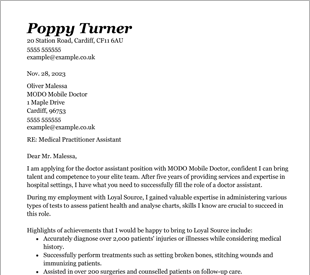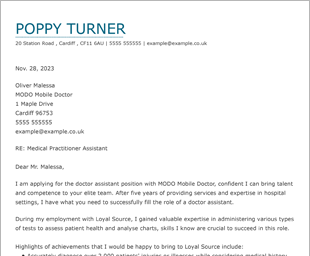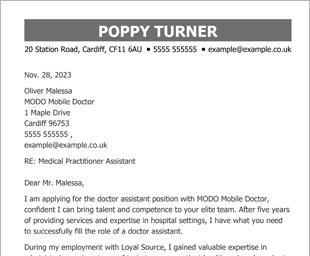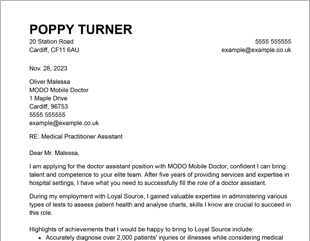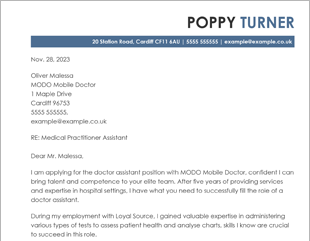Cover letters follow a specific structure, no matter what industry you work in or what job title you are applying for. This is the basic structure of a cover letter:
Header
This should include your full name, the date, your contact information, your current job title, and the company name. You can also include your professional social media links, such as your LinkedIn profile.Â
Personal salutation
Try opening with a personalised greeting using the hiring manager’s name if possible. If you don’t know their name, some acceptable but less personal salutations are to use “Dear Hiring Manager,Dear Sir or Madam,or To Whom It May Concern.
Body
Your two to three body paragraphs will introduce yourself and your key skills, and provide additional, relevant information that shows you’re the best option for the job you’re applying for. Use work experience examples and specific skills to make your case and convince a hiring manager that you are the ideal candidate for their job posting.
Final paragraph and call to action
Your final paragraph should wrap up your argument and encourage hiring managers to reach out to you and arrange a job interview. Â
Sign off
A professional, concise sign-off including your full name.Â
Follow this basic structure and you will create an effective cover letter template that you can tweak for each new application.
